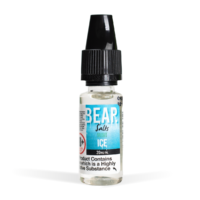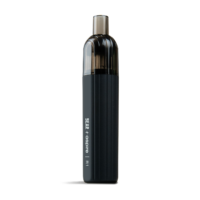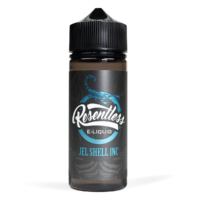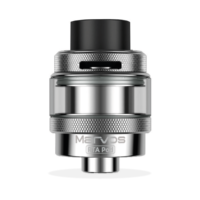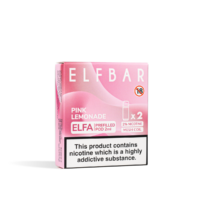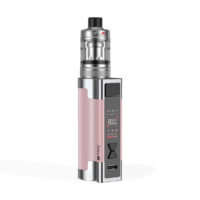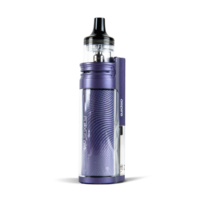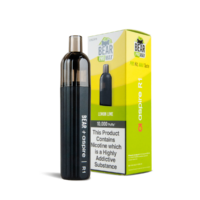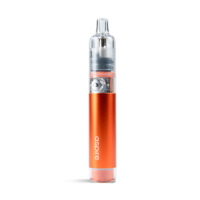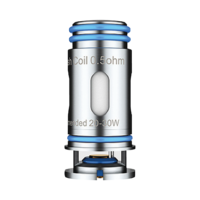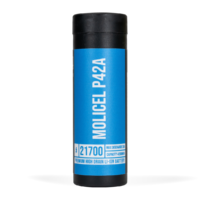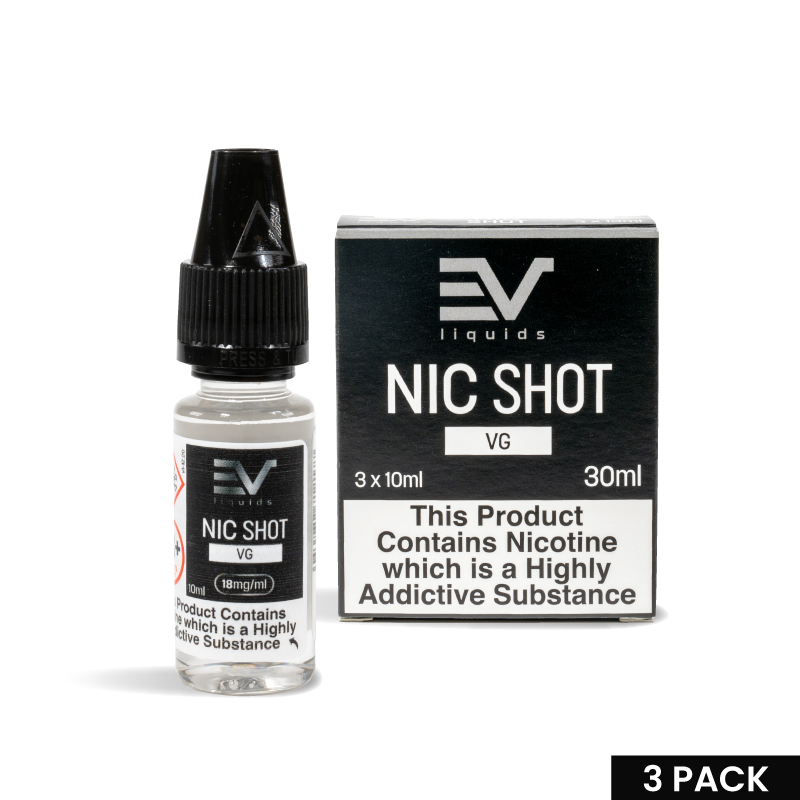
Page 4
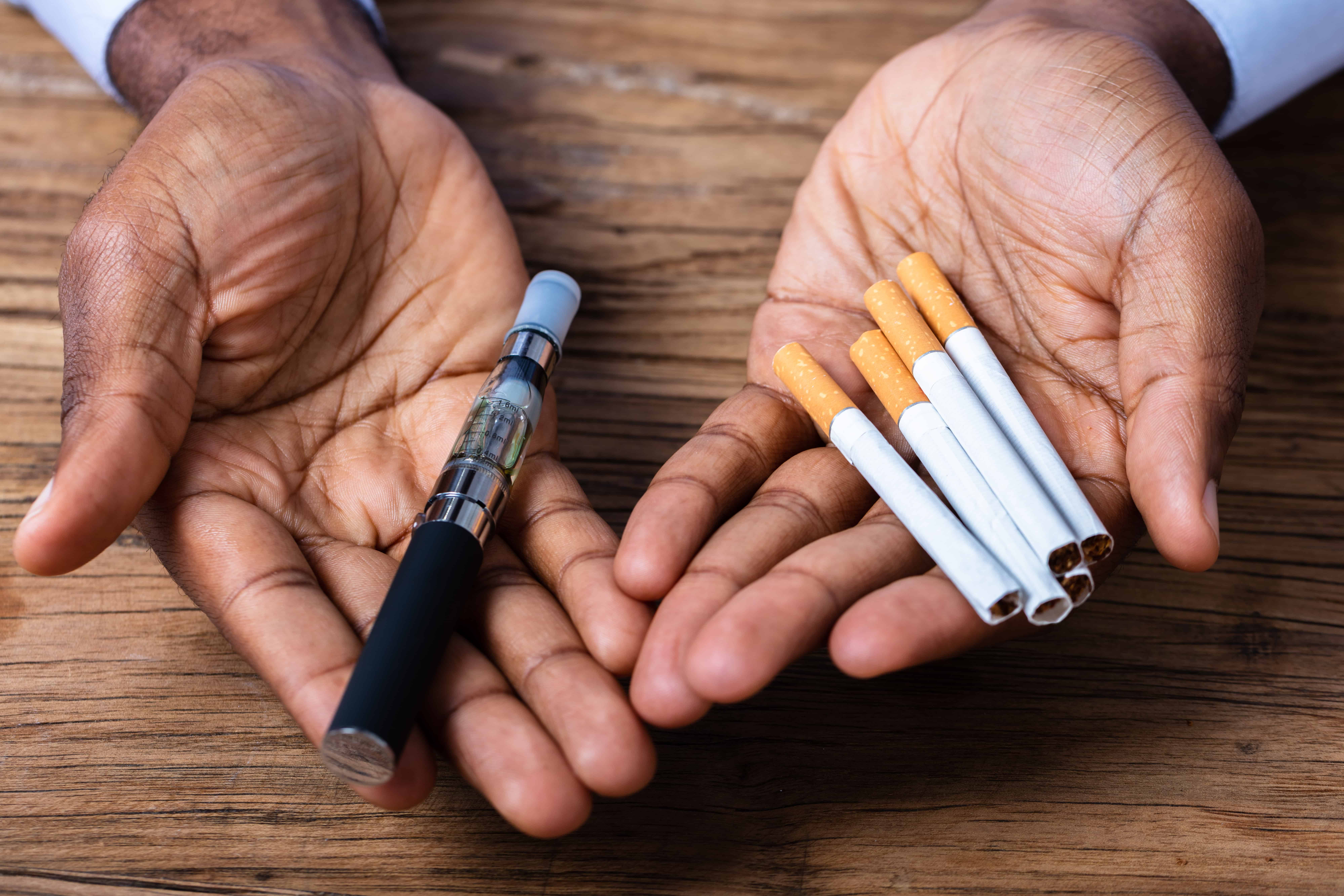
Why Vaping is Safer than Smoking
Why Is Vaping Safer Than Smoking?
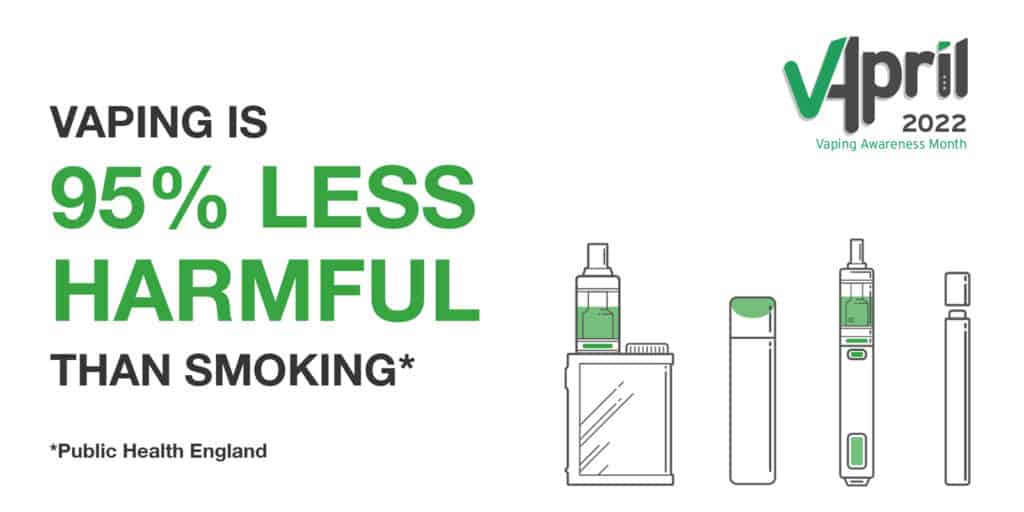
Is vaping safer than smoking? Uncovering myths about vaping & exploring the health facts
It has been known for some time that vaping is a much safer alternative to smoking cigarettes.
Cancer Research UK states on their website that “the evidence so far suggests that e-cigarettes are far less harmful than smoking.”
Public Health England (PHE) have stated that “e-cigarettes are around 95% less harmful than tobacco” on the UK Government website.
PHE also backed up this claim with further evidence from Professor Ann McNeill as to how they arrived at the “95% safer” figure.
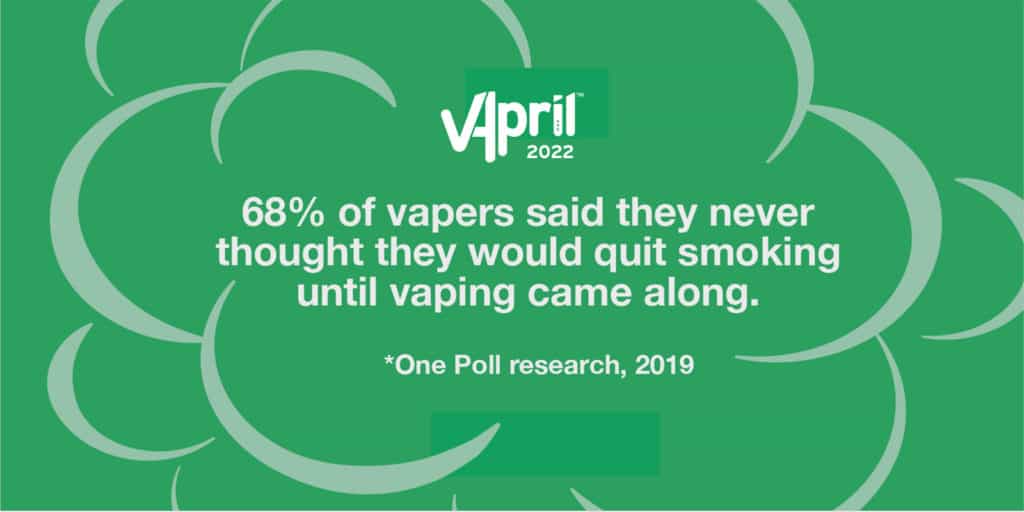
What’s more, according to NHS Stop Smoking Services, “using a vaping product as part of a quit attempt in local stop smoking services had some of the highest quit success rates – between 59.7% and 74% in 2019 and 2020”.
This is supported by the 2020 Cochrane Review into e-cigarettes which also found that vaping is 70% more effective than nicotine replacement therapy (nicotine gum, patches etc).
"The UK has some of the strictest regulation for e-cigarettes in the world"
Further to this, the UK vape industry is very strictly regulated.
From toxicology reports and lists of banned ingredients, to registering products for safety testing and enforcing maximum bottle sizes and nicotine strengths, “the UK has some of the strictest regulation for e-cigarettes in the world.”
The idea that vaping is somehow as dangerous or more harmful than smoking is ridiculous. This kind of messaging will only serve to discourage smokers from using vaping to quit cigarettes successfully.
More people quitting smoking will save the NHS money and, more importantly, save lives.
Why is vaping safer than smoking?
Tobacco is the biggest cause of preventable death in the UK. The main reason vaping is safer than smoking is that e-cigarettes do not burn tobacco and do not produce tar or carbon monoxide, two of the most damaging elements of tobacco smoke.
Perhaps the worst effect of cigarette smoke is passive smoking. Unlike smoking a cigarette directly where the smoke passes through a filter, passive smoke is inhaled directly with no filter.
That means anyone near someone who is smoking a cigarette is exposed to the harmful tar, carbon monoxide and other dangerous chemicals present in tobacco smoke.
All UK e-cigarette products are tightly regulated for quality and safety by @MHRAgovuk. It’s important to use UK-regulated e-liquids and never risk vaping home-made or illicit e-liquids or adding substances, any of which could be harmful
— UK Health Security Agency (@UKHSA) September 12, 2019
Vaping, on the other hand, does not contain carbon monoxide or tar and passively breathing vapour is unlikely to be harmful, according to Cancer Research UK.
They also state that “there is no good evidence that second-hand vapour from e-cigarettes is harmful.”
Furthermore, the heat from drawing back on a cigarette also damages the lining of the throat and lungs, unlike vaping which does not involve inhaling hot smoke.
From Cancer Research UK to Public Health England, there’s now little doubt that vaping is safer than smoking.
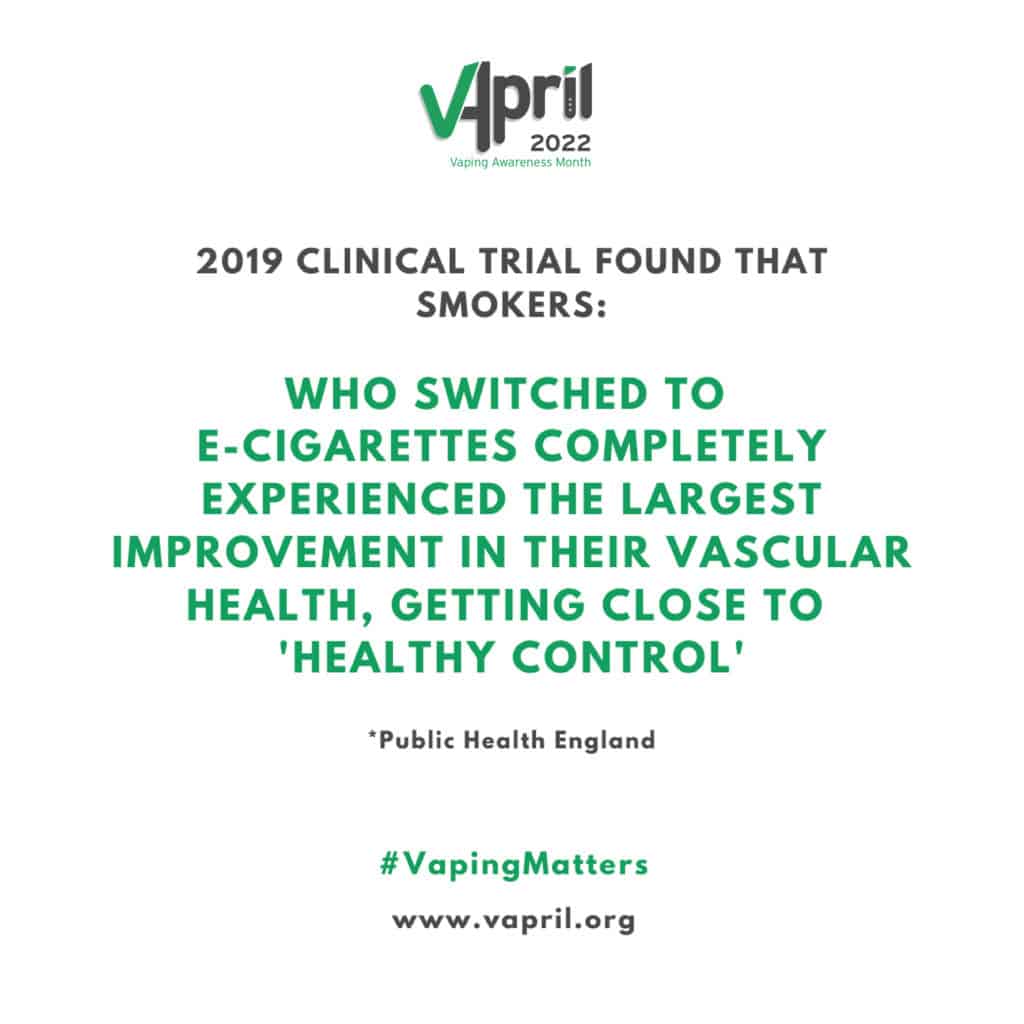
Does Vaping Cause Popcorn Lung (Vape Lung)?
Vape lung is not a phenomenon linked to vaping. Often referred to as “popcorn lung”, as it was first reported by workers in a popcorn factory, vape lung refers to the serious lung condition bronchiolitis obliterans.
In actual fact, the cause of this lung damage was the chemical Diacetyl, which is a banned substance in e-liquids and cigarettes in the UK, a fact supported by the UK Health Security Agency.








